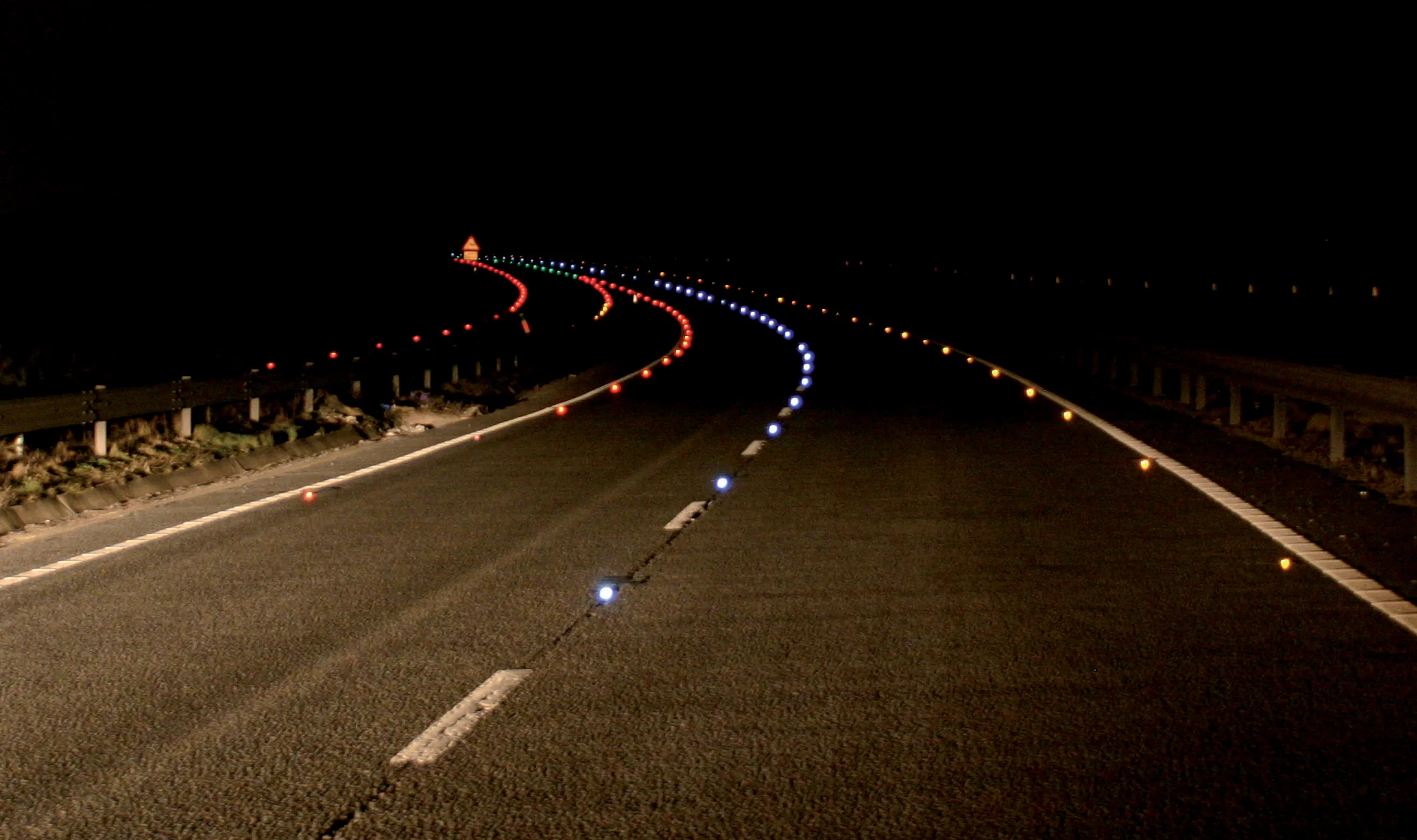Norwegian media report that a 500m stretch was damaged - tunnel vault, cables, insulation and road surface.
The tunnel is equipped with 25 evacuation rooms that can be sealed off from the main tunnel. Each room can provide pressurised space for up to 50 people while a fire is being fought. However, the latest incident has spurred the government to announce that a second tube will be built to hopefully reduce closures and improve safety.
The National Transport Plan has allocated around €476 million for a new tunnel course, media reported.
The tunnel, opened in 2000 after three years of construction, runs from Hurum to Frogn along Norway’s south coast. It dips 134m below sea level with a maximum gradient of 7% and carries three lanes of National Road 23.
The tunnel was flooded and affected by a landslide in 2003 and flooded again in 2008, resulting in closures or part closures of several weeks at a time. Before the latest vehicle fire, there was one in 2006 and one in 2011.
The latest fire prompted to the former head engineer of the Norwegian Public Roads Administration to publically voice concern about safety in the tunnel system, including any proposed new courses. Ove Solheim, a retired civil engineer, told the Oslo-based Aftenposten, Norway’s largest newspaper, that there needed to be three tunnel courses to ensure absolute safety.
He also called for an emergency lane within the tunnel system and an extra lane for slow-moving vehicles. He pointed out that there were 200 temporary closures last year.
Solheim also said that a two-lane bridge was a viable option, but it might cost as much as two new tunnels.
Oslofjord Tunnel closed for repairs for up to three weeks
The 7km subsea Oslofjord Tunnel in Norway will be closed for up to three weeks after a truck caught fire in the tunnel on May 5. Norwegian media report that a 500m stretch was damaged - tunnel vault, cables, insulation and road surface. The tunnel is equipped with 25 evacuation rooms that can be sealed off from the main tunnel. Each room can provide pressurised space for up to 50 people while a fire is being fought. However, the latest incident has spurred the government to announce that a second tube will
May 12, 2017
Read time: 2 mins
The 7km subsea Oslofjord Tunnel in Norway will be closed for up to three weeks after a truck caught fire in the tunnel on May 5.







